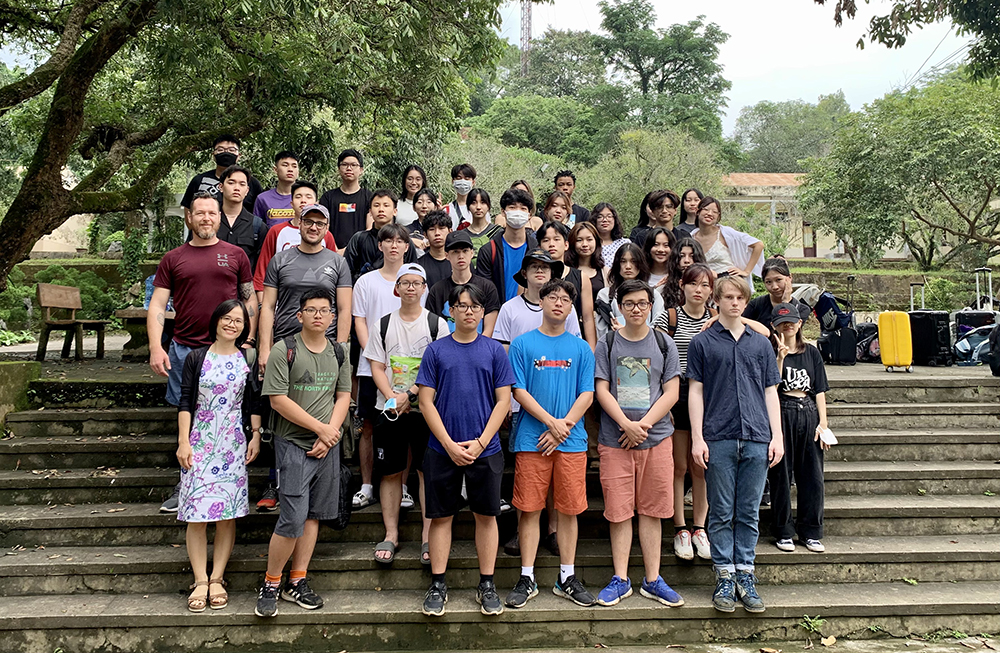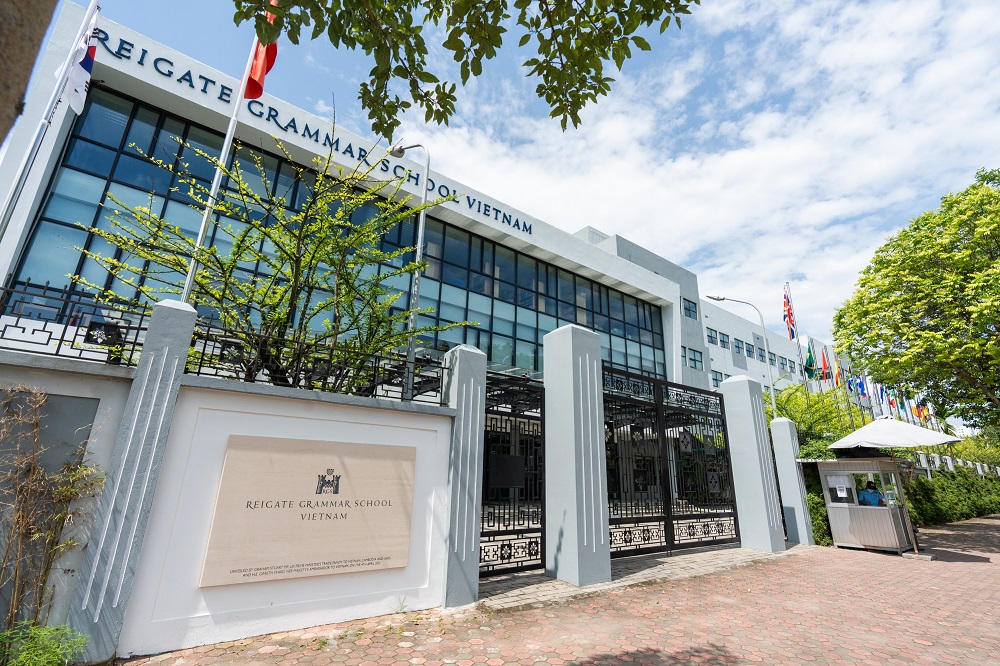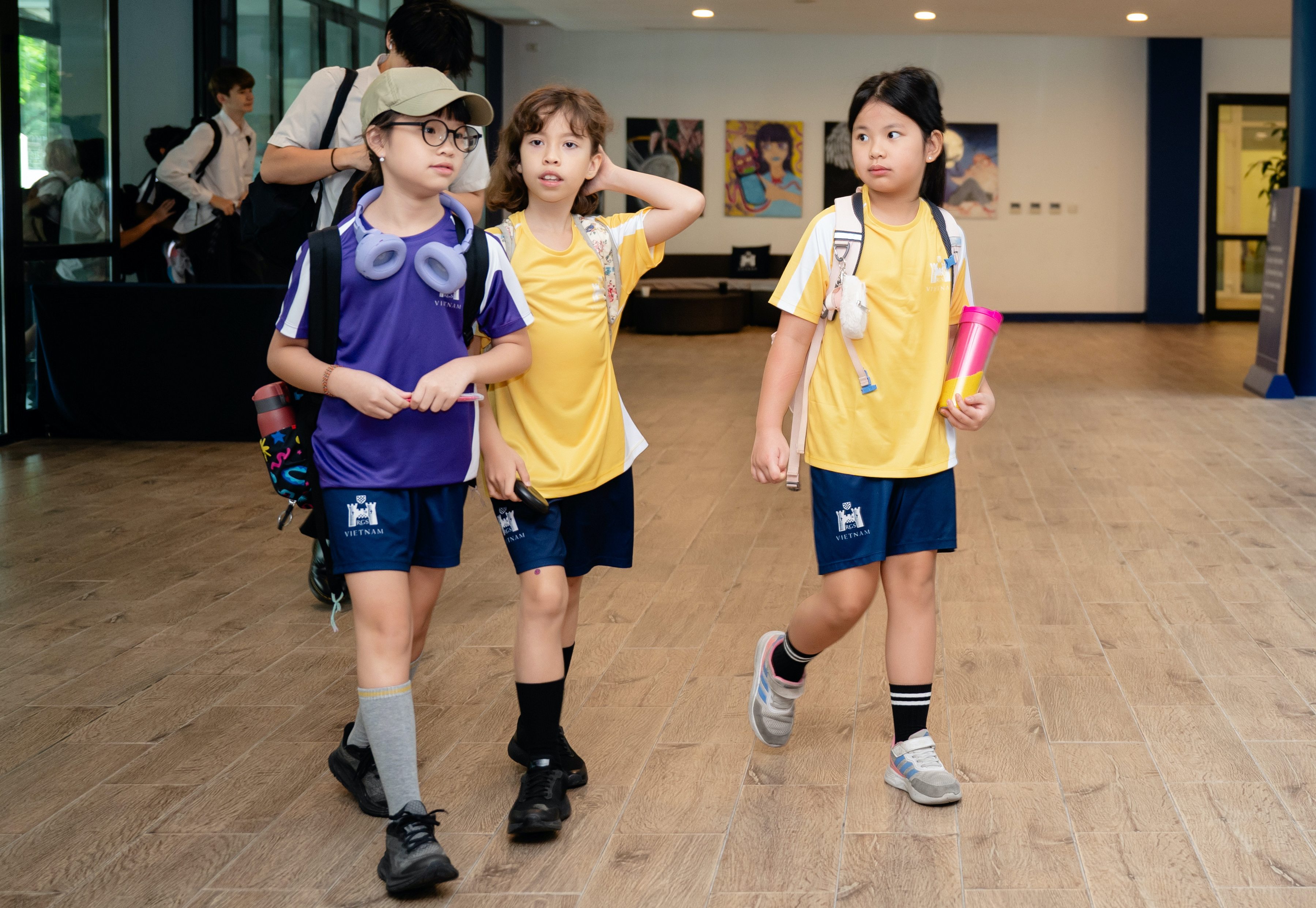
Year 13 Camp to Cuc Phuong
It was only in May 2022 that students were pushing themselves physically and mentally in Da Bia, Hoa Binh. The more camps the better! This time students were immersing themselves into a more service-based camp where they would be working with a variety of endangered or critically endangered animals. Cuc Phuong boasts rescue centres, ‘reintroduction to the wild’ programmes and works to increase global populations of a variety of primates, carnivores and turtles.
While working with animals might sound like fun from start to finish, there was plenty of hard work to be done to enrich the lives of the animals in care.
.jpg)
Students started their 3-day trip to the picturesque national park with a tour around the ‘Turtle Conversation Centre’, ‘Primate Rescue Centre’ and ‘Carnivore and Pangolin Program’. These provided a good background on why the centres existed and the challenges these animals face in the wild. In the evening half of the students went on a night hike to spot lizards, frogs, toads, insects, birds and bats - whatever we were lucky enough to see! Meanwhile the other half of the group were playing chef. Chefs for the animals in the Pangolin and Carnivore sections, where animals are largely nocturnal. Students prepared a feast of eggs, fish, termintes, meat and vegetables was prepared for a variety of different animals and carefully placed inside cages in order to avoid disruption.
Day 2, students faced their most challenging day. Every animal enclosure was cleaned from top to bottom: scrubbing, washing, brushing, mopping and scooping - excellent preparation for university in the not so distant future! Students also worked to create swings using recycled firehose for the gibbons, they would be used as toys, to jump around on, to eat on, to experience new textures and experience a change in the visual environment. These swings would provide enrichment for the animals, while the students faced the technical challenge of creating them! Creating a weave inside a bamboo hoop to create a strong and sturdy, gibbon-proof design. Many groups were hugely successful with their designs and pservered despite the challenging nature of the task. In the evening, students switched roles from the previous day and went hiking at night or preparing food for the carnivores and pangolins.
.jpg)
The final morning involved hiking up around 200 steps to a 7500-year old prehistoric cave. Inside we could see three tombs as well as learning about the diets of the people who previously inhabited the cave. The cave was extensive and we were able to see bats and other insects as we delved deeper inside. At one point we switched off all our lights to listen to dripping waer among the silence. We then walked back through limestone karst and primary pristine tropical rainforest. Here students were able to learn how plants adapt to this competitive environment.
I think the camp was a success in raising awareness of the challenges wildlife conservation faces here in Vietnam but also globally. Students were also able to work in creating enrichment activities for the gibbons, which sharpened their communication and leadership skills while building relationships.
The final tiring but thoroughly enjoyable camp has come to an end.
.jpg)
.jpg)





